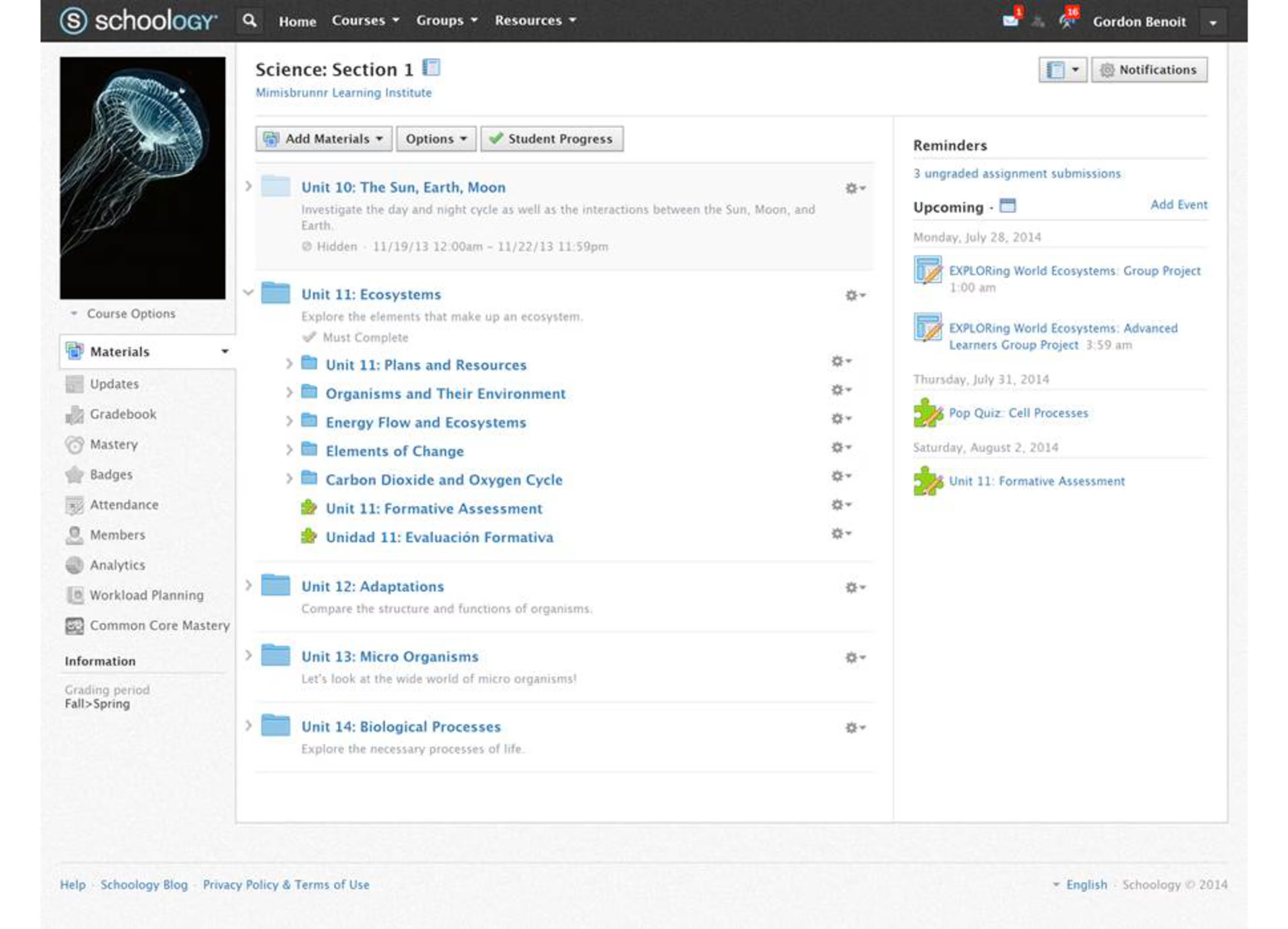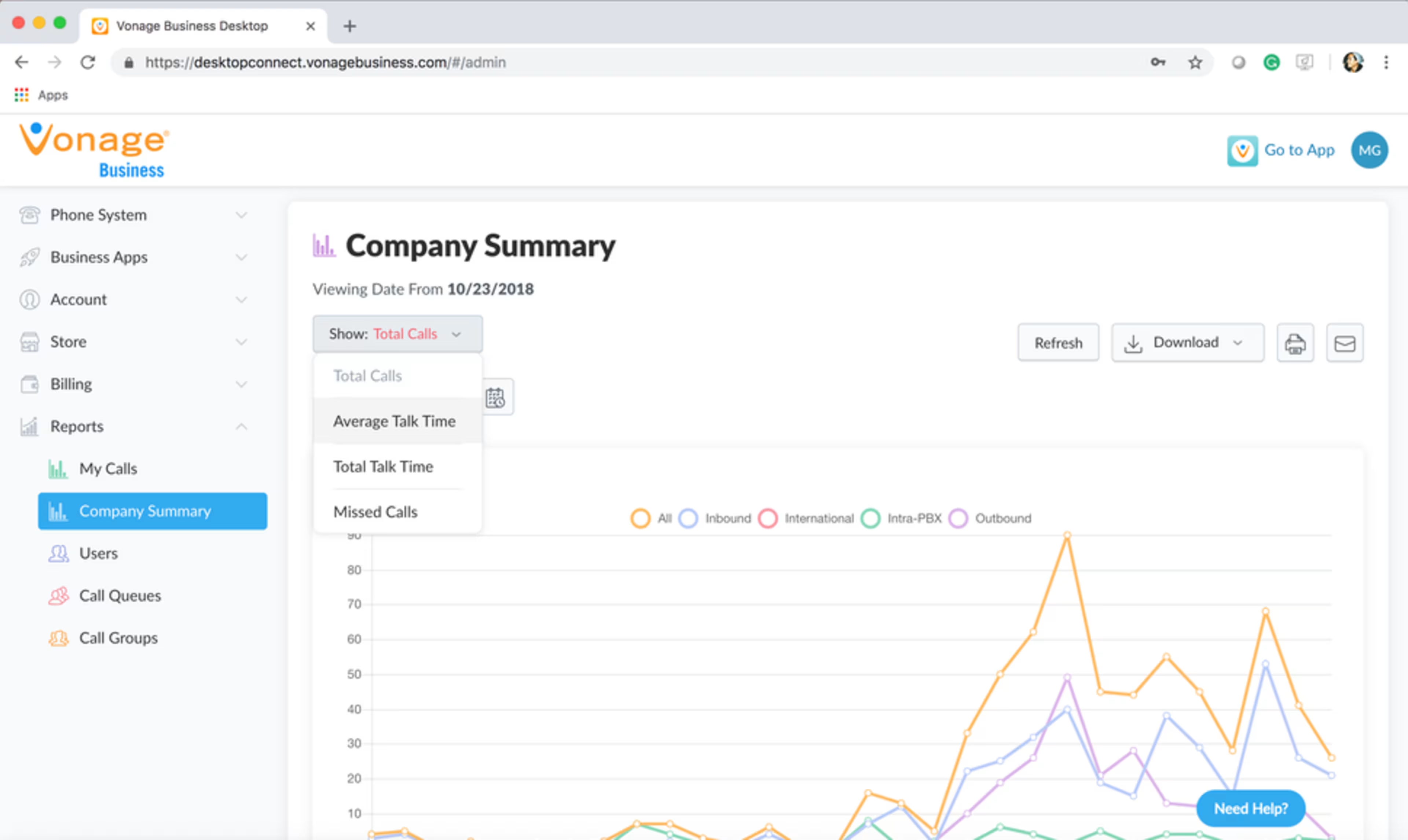We analyzed trends for 3 types of high-demand software to help keep businesses like yours moving forward.
The coronavirus pandemic has vastly accelerated small businesses’ digital transformation.
In a survey conducted in April 2020*, 50% of digital small-business owners surveyed said software purchases and implementations have happened much sooner than planned—even though 70% of small business owners expect decreased revenue.
To dive into these numbers further, we looked at data from hundreds of callers interested in buying new software during April 2020**. Why April data? At that point, lockdowns were in place across the country and small businesses were understanding they needed some longer-term solutions for digital transformation.
Businesses in many cities across the world were also making a similar move to digitization, as they looked for live streaming, telemedicine, and web conferencing software.
Here are the top 3 tips for small businesses to take into consideration based on these trends as you plan for business recovery post-COVID-19.
Upgrade your software to make remote work easier for employees
Our data showed that in April 2020, many businesses had to quickly purchase and implement software to enable their teams to work remotely. However, several buyers indicated that while this sudden shift was initially caused by the pandemic, they were looking for a long-term solution.
In the Voice over Internet Protocol (VoIP) category specifically, small-business owners had to suddenly find solutions to enable connecting employees via a phone system when they weren’t physically present in the office with access to a landline.
Taylor Toce, president and CEO of Velo IT Group, found his team having to make this shift. He decided to go with the VoIP vendor Jabber, and said that without upgrading, their team wouldn’t be able to function at full capacity while being remote.
“We would be relying on less seamless measures such as forwarding calls to cell phones,” said Toce. “With Jabber, our team is fully enabled, and our clients don’t see any difference in our high level of service."
In addition to enabling remote work, some companies also saw their volume of calls increase due to COVID-19, which made them realize their existing systems were insufficient to handle scaling.
Top 3 features requested for VoIP in April 2020:
Conference call features
Allows for calls with multiple parties
Autoattendant (“Dial 1 for X, Dial 2 for Y, etc.”)

Virtual receptionist in Ooma Office (Source)
Takeaway
How can you make it easier for employees to work remotely? Can employees access internal databases like a CRM from their own computers? If they need to make a lot of calls from home, can they do things like access their voicemail when not physically at their work phone? Understand where software can help ensure a seamless working experience whether employees are physically present or in a distributed work environment.
Transition in-person customer experiences to digital
In a similar vein to making work more accessible to remote employees, you can also make things easier on the digital front for customers. For instance, in the education world specifically, many activities were still taking place in-person prior to COVID-19. A lot of these businesses had to quickly pivot to using learning management software (LMS) to make a complete digital transformation during the lockdown.
While some businesses were motivated by an immediate need, many businesses expressed a desire to include more distance learning capabilities into their long-term strategy.
Although a sudden change from in-person to distance learning can create disruptions to routine, some schools are finding creative ways to stay connected through their LMS technology, such as polling students with fun daily questions in order to take attendance.
Top 3 feature requests for LMSs in April 2020:
Upload proprietary content and modules
Administer different learning tools (tests, quizzes, assignments, etc.)
Track students’ progress

Course materials in Schoology Learning (Source)
Takeaway
Are there any in-person processes you’re still holding onto that can be streamlined to be more digital? For instance, if you lead online training, are you still requiring people to log in at the same time like they would meet for an in-person class? Perhaps you can allow students to browse learning material or take exams on their own time when it’s most convenient for them. Then, you could supplement with web conferencing “office hours” for students with questions.
Think scale and efficiency
The data showed that many leads-driven small businesses, like insurance brokers, were still doing things manually prior to COVID-19. Many were using spreadsheets and their cell phones to do business prospecting. Bootstrapping is fine for a while, but if you have any aspirations to grow or scale your business, you need to set a solid foundation.
Take call centers as an example. Pre-COVID-19, many required their employees to be physically present and weren’t easily equipped to transition their software to allow employees to make calls remotely. Thus, small businesses found themselves in need of call center tools to help them integrate CRMs and allow employees to do it all remotely.
Top 3 feature requests for call center software in April 2020:
Autodialer
Uploading a list of contacts for outreach
Performance, statistics, and reporting features

Admin company summary report in Vonage Business (Source)
Takeaway
Are you still bootstrapping processes when an investment could make them more efficient? We tend to hold onto old habits, but disruption is a good opportunity to look at things with fresh eyes and see if there’s a tool that can set your business up to scale.
Evaluate your processes so you know where to invest
Think about your current processes and investigate to see if there are tools or resources to better serve your needs. Get in touch with your networks to see what software your peers are using. That way, you can learn what you can be doing to improve.
When it comes to software, Capterra has a directory of peer-reviewed and user-rated products to help you make better decisions when it comes to growing your business.
To help spur recovery after economic disruption, check out our “Keep Your Business Moving Forward” landing page with additional resources like adding digital revenue streams, sharing consumer sentiment around cashless payments, or how to maintain brand loyalty after a crisis.
Take a look at our catalog for VoIP, LMS, or call center software or feel free to browse another category.